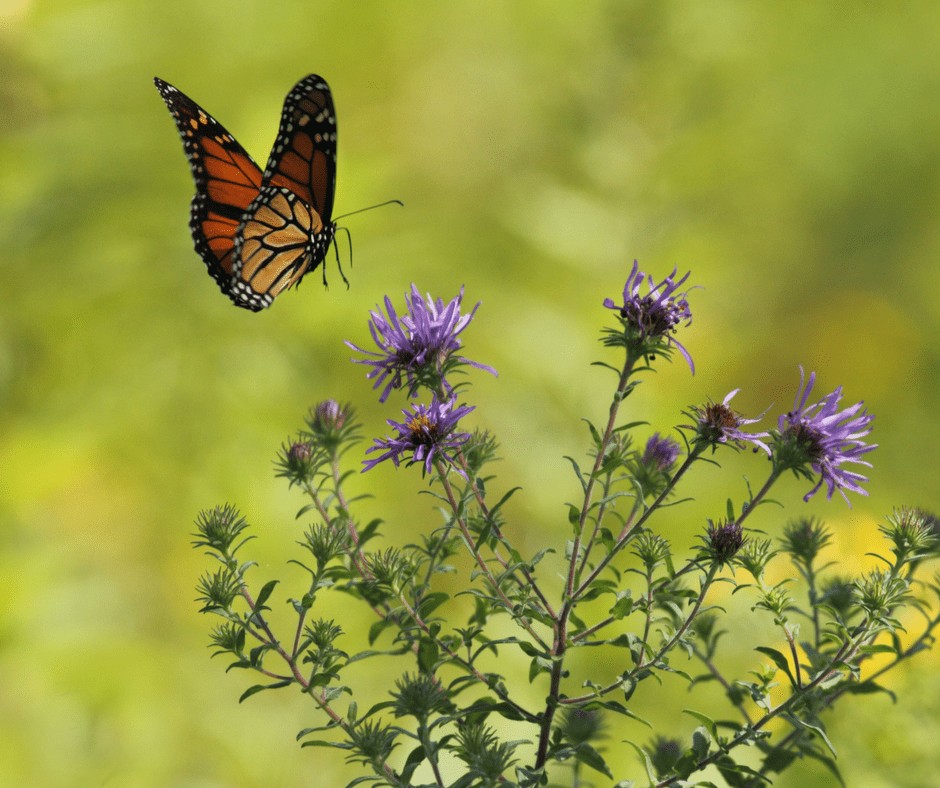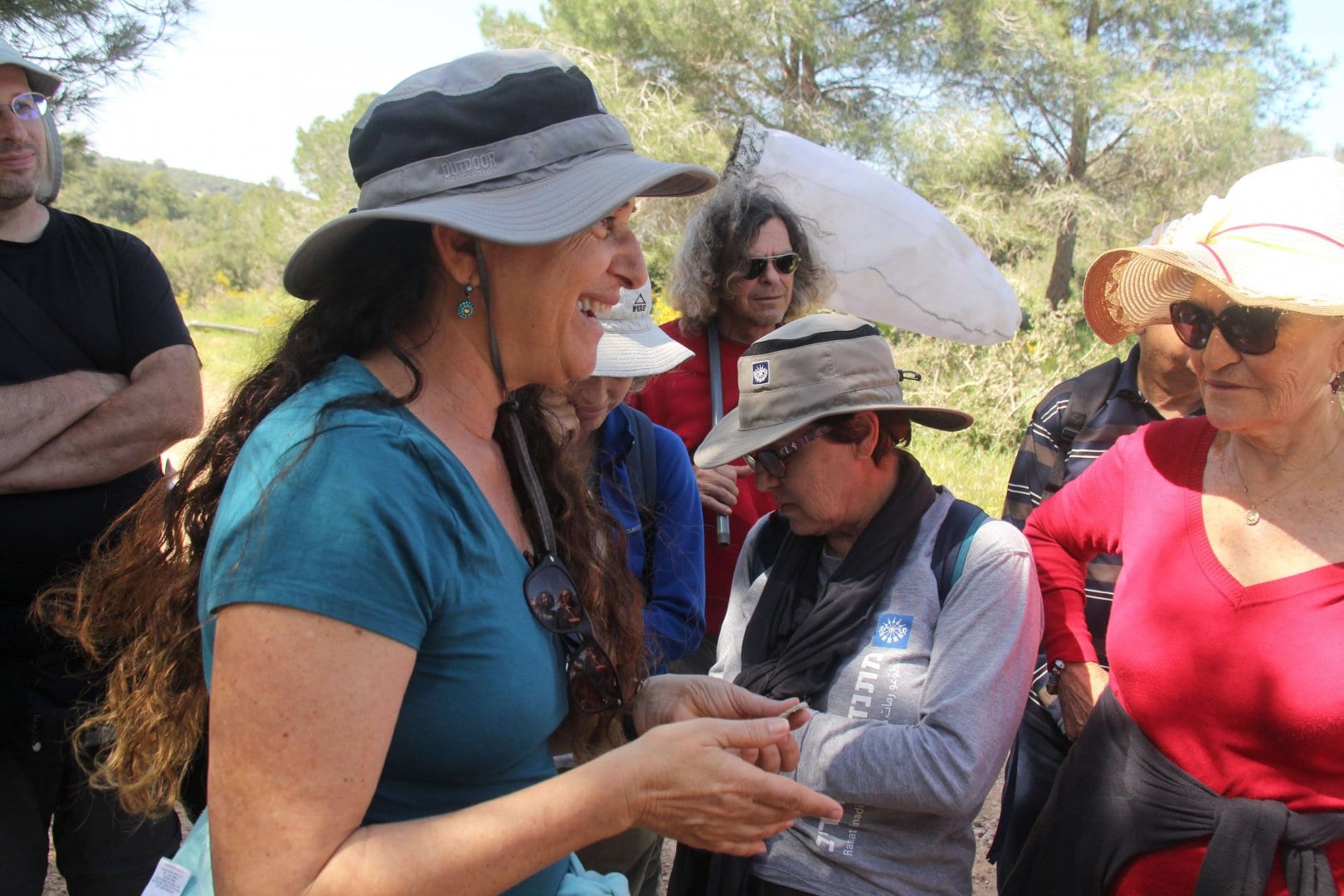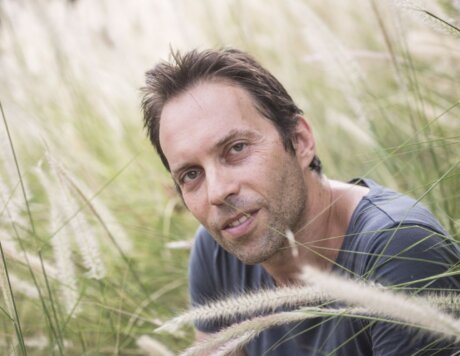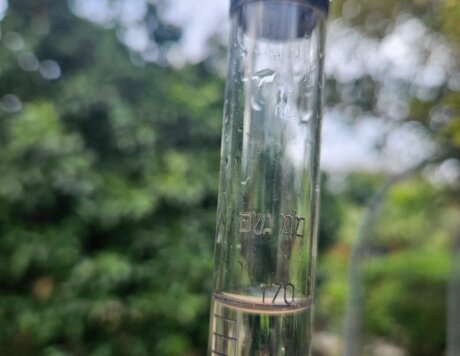A female butterfly lays about 100 eggs during one life cycle. Using her sense of smell the female chooses which plant to lay her eggs on – this ‘host’ plant will provide food to the larvae that hatch from the eggs. If she accidentally lays her eggs on another plant, the larvae won’t be able to develop. Often, the female will spread the risk by laying eggs on a number of plants. A few days after laying, the larvae hatch from the eggs. Usually the larva eats the membrane of the egg it hatched from and then feeds on the host plant. As it grows, its skin stretches, and when it is ready to burst, the larva sheds it and enjoys new, fresh skin. It will repeat this action four or five times, and then search for a good place to pupate on, shed its skin one more time and turn into a pupa. Inside the pupa begins a process in which all of the tissues break down and are reconstructed anew from embryonic cells. This is how a new creature develops and takes shape without dying – wings, head, antennae and proboscis. This is the butterfly we all know, which leaves the pupa when it reaches its full size. This is also the mature, sexual stage of the butterfly, in which there are males and females that can mate and reproduce. They will fly around in search of nectar and food, and also each other.
They only look innocent…
Butterflies can’t hear and don’t make any sound, but communicate effectively among themselves with a variety of smells and colors. “The reason that we humans enjoy butterflies so much stems from the fact that their range of sight and smell is very similar to ours,” says Racheli. However, strong colors such as black, orange and red are poisonous.











